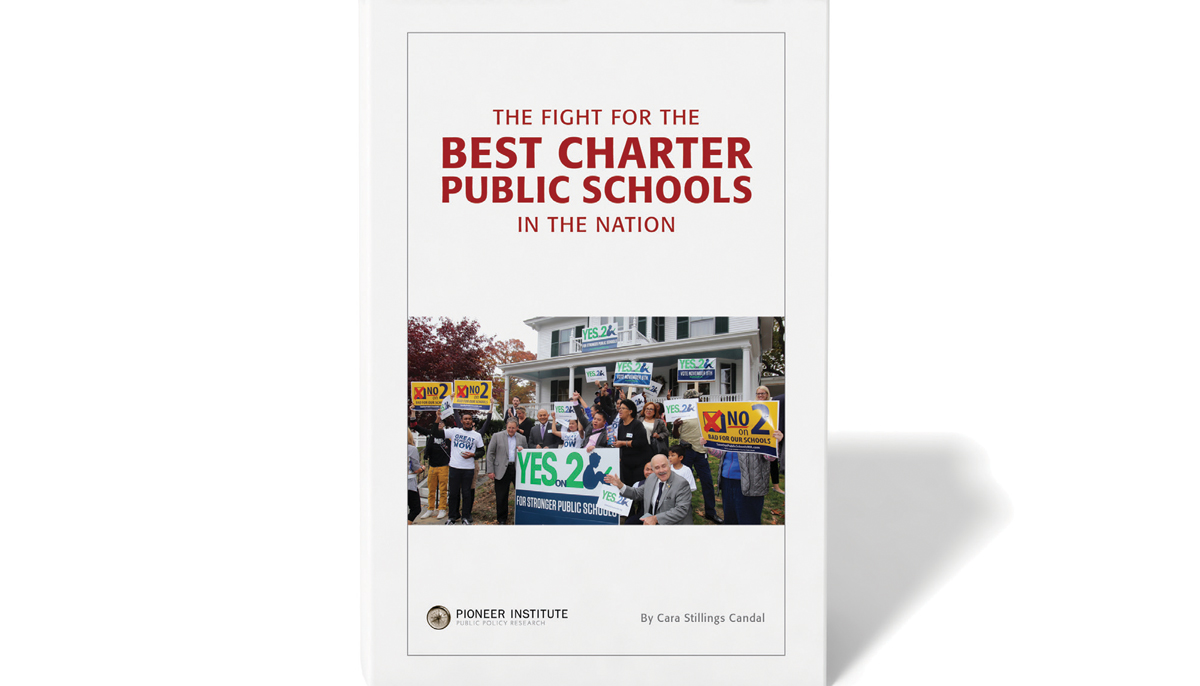
Massachusetts has the best-performing charter public schools in the country. A study from Stanford University’s Center for Research on Educational Outcomes (CREDO) reported that “the average growth rate of Boston charter students in math and reading is the largest CREDO has seen in any city or state thus far.”
An MIT study found that attendance at Boston’s charter schools has large positive effects for students with a diverse range of special needs.
One year in a Massachusetts charter school adds 40 days of additional learning in math and 28 days in reading compared to the schools from which students came.
These results are impressive, but it hasn’t been easy to get to this point. There are several key elements of Massachusetts’s charter school law that have contributed greatly to the establishment and growth of high-quality schools. And there are some places where policy should be fixed to enable more students access to a high-quality public school.
What MA Got Right
One lesson from Massachusetts’ success is the importance of combining real autonomy and strict accountability. Autonomy in the Bay State has allowed charters to organize around a distinct approach or mission; utilize time and money to benefit students; recruit and develop talent; and extend the school day and year.
Strong accountability has also been critical. Since the first Massachusetts charter schools opened in 1995, five have had their charters revoked and two more charters were not renewed.
The combination of autonomy and accountability has yielded schools that dramatically outperform their district counterparts on state tests and are particularly effective at meeting the needs of low-income and minority students.
Another way Massachusetts has the model right is the state’s funding formula for charters, with money generously following the student from district to charter schools. To lessen the impact to districts, the Massachusetts formula reimburses districts 100 percent of the money lost in the year after a student leaves, then 25 percent for each of the next five years. This has also lessened opponents’ argument about “charters taking money from district schools.”
What MA Got Wrong
Though the operating formula is generous, one shortcoming of Massachusetts’s charter school law is insufficient capital funding. Charters receive an annual per-pupil payment of $893, which is nowhere near the $2,000 per pupil that charters must spend on facilities expenses.
As a result of having to divert operating dollars to cover capital expenses, charters cannot match district teacher compensation. While Boston public school teacher salaries averaged about $90,000 in 2016-17, teachers at Boston charter schools, which are doing more to close the achievement gap than any other group of public schools in the country, earned around $55,000.
Another cautionary tale is that of limiting replication. Due to political compromise, a 2010 state law that raised the cap on the number of charter schools in the state’s lowest-performing school districts also required that any new charter seats in excess of the previous cap be in schools operated by charter providers that already have a record of success in Massachusetts.
In stark contrast to the innovations charter schools were designed to deliver, the law narrowed the growth of new charters to largely urban schools with a “no excuses” philosophy. Isolating charter schools in cities contributed to the defeat of a 2016 statewide ballot initiative that would have allowed more charters to open in Massachusetts by allowing opponents to pit suburban areas against cities.
Charter school opponents have also been successful at imposing regulatory burdens that reduce charter autonomy. When lawmakers wanted charters to enroll more English language learners (ELLs) and special needs students, they required them to file detailed recruitment plans with the state Department of Elementary and Secondary Education, creating a well-intended but onerous requirement. Charters are now on a path to have ELL and special needs populations that are equivalent to the districts from which their students come, but a better alternative would have been to simply hold the schools responsible for the outcomes of increasing their ELL and special needs enrollment without imposing an additional burden.
Lessons Learned
States looking to replicate Massachusetts’s charter school success should pair generous autonomy with strong accountability and provide sufficient operating funds. But they should also be careful not to repeat our mistakes. Because of limited capital funds, restrictions on growth, and high regulatory burdens, the state has one of the nation’s slowest-growing charter sectors.
For policymakers looking to replicate Massachusetts’ charter school success, the challenge will be to find the right balance in ensuring quality without hindering a sector that can give so many students a great education. But perhaps the biggest lesson other states can take is that if you achieve a charter sector that dramatically outperforms the traditional public schools from which its students come, make those schools more like charters, not the other way around.
Dr. Cara Stillings Candal is a Senior Fellow at Pioneer Institute and author of The Fight For the Best Public Charter Schools in the Nation, which explores the history and success of Massachusetts charter schools.


